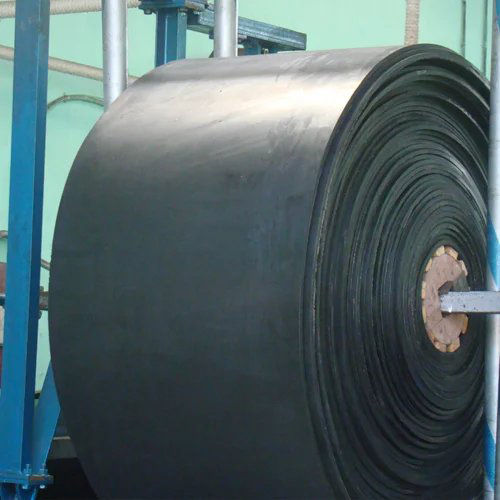The Best Industries That Benefit from Rubber Conveyor Belts
The Best Industries That Benefit from Rubber Conveyor Belts
Blog Article

In today's fast-paced industrial landscape, the efficiency of operations often hinges on the reliability of the equipment used. One critical component that plays a vital role in various industries is the conveyor belt. Specifically, rubber conveyor belts, PVC conveyor belts, and rubber drive belts have emerged as indispensable tools in the transportation and handling of materials. With their durability, flexibility, and high load-bearing capacity, these belts are designed and developed to meet the demanding needs of different industrial applications.
From mining and manufacturing to food processing and logistics, the benefits of rubber conveyor belts are far-reaching. They facilitate smooth and efficient movement of goods, enhance safety in workplaces, and contribute to overall productivity. Understanding which industries effectively leverage these conveyor systems is essential for recognizing their value and impact. In this article, we will explore the sectors that gain the most from rubber conveyor belts, examining how their specific features align with industry requirements.
Key Applications of Rubber Conveyor Belts
Rubber conveyor belts are essential in the mining and aggregate industries, where the transportation of heavy materials is paramount. These belts are designed to withstand harsh conditions, including extreme weights and abrasive materials. Their durability ensures a continuous operation, minimizing downtime and maximizing productivity in processes such as material handling for ores, gravel, and sand.
PVC Conveyor Belt Manufacturers
In the agriculture sector, rubber conveyor belts play a crucial role in the efficient movement of products. These belts are used in various applications, including the transport of grains, fertilizers, and other agricultural inputs. Their flexibility and resistance to wear and tear enable them to handle different loads, ensuring smooth operations from harvesting to packaging.
The food processing industry also benefits significantly from rubber conveyor belts. These belts are specifically designed to meet hygiene standards while providing efficient movement of food products. They can transport a wide range of items, from raw materials to packaged goods, ensuring a streamlined process in restaurants and food manufacturing plants.
Advantages of Rubber vs. PVC Conveyor Belts
Rubber conveyor belts offer superior durability and flexibility compared to PVC conveyor belts. This makes them ideal for heavy-duty applications and environments where the belts are exposed to harsh conditions. The elastic nature of rubber allows it to handle significant shock loads without compromising the integrity of the belt, which is particularly beneficial in industries that deal with bulk materials and uneven surfaces.
Another key advantage of rubber belts is their resistance to wear and tear. Rubber is inherently tougher than PVC, making it less susceptible to abrasions and cuts, which can lead to costly downtime and maintenance. In industries such as mining and construction, where materials can be sharp and rough, the longevity of rubber conveyor belts often results in lower replacement costs over time.
Additionally, rubber conveyor belts offer better grip and traction, which enhances material handling efficiency. This is crucial in settings where inclines or declines are present, as rubber's naturally higher coefficient of friction prevents slippage. In contrast, PVC belts may struggle in these situations, leading to potential handling issues and decreased productivity. The design and development of rubber conveyor belts underscore their suitability for demanding applications, further solidifying their position as a preferred choice in various industrial settings.
Manufacturing Processes for Conveyor Belts
The manufacturing of rubber conveyor belts begins with the careful selection of high-quality raw materials. Rubber compounds are formulated to achieve specific properties such as strength, flexibility, and resistance to wear and tear. The design phase involves creating molds that will shape the belts according to the intended application, ensuring they can withstand various operational conditions. This initial step is crucial as it lays the foundation for the durability and performance of the final product.
Once the materials are prepared and molds are created, the actual production process involves mixing the rubber with reinforcing materials, such as fabric or steel cords. This mixture is then heated in large machines known as calenders to form sheets of rubber. After the sheets are made, they are cut and assembled into the desired belt configurations. During this phase, quality control measures are implemented to maintain consistency and meet industry standards.
After the belts are assembled, they undergo vulcanization, a process that enhances their strength and elasticity through heat and pressure. This final step is essential for ensuring that the conveyor belts can effectively handle heavy loads and resist wear over time. Once vulcanized, the belts are inspected for defects and tested for performance, ensuring that they are ready to serve various industries efficiently.
Report this page